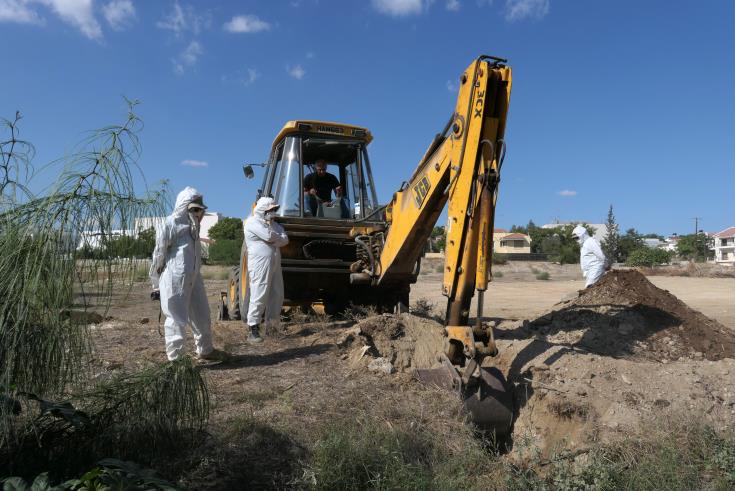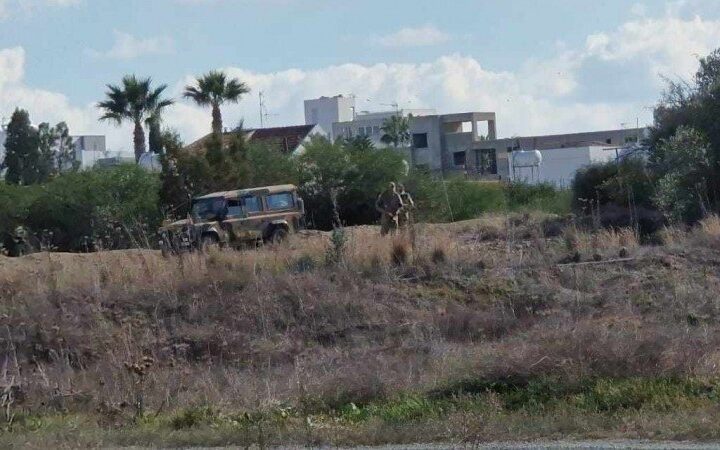The aim of Turkey is not to solve the issue of Greek Cypriot missing persons, but to hide and destroy all the evidence of their fate, said Presidential Commissioner Photis Photiou.
He said Ankara would not provide evidence that proved the crimes the Turkish occupation army committed against the people of Cyprus in 1974.
Photiou said that 48 years after the Turkish invasion, hundreds of families continue to be unaware of the fate of their beloved ones who went missing without a trace during the invasion.
He was addressing the funeral of Demetrios Pyrkas, who was killed during the Turkish invasion and whose remains were recently identified and buried on Sunday,
Photiou said Turkey bears a heavy responsibility for the hundreds of missing persons and for finding what happened to them.
He claimed the aim of Ankara was not to solve the problem to the benefit of the families but to hide and destroy evidence proving the crimes that the occupation army committed.
Photiou said, despite the uncompromising stance of Turkey, “we intensify our efforts to give answers to each family.
“We are committed to doing so, and this is our duty towards our heroes and their families.”
There are hundreds of testimonies from eyewitnesses documenting the arrest of missing persons by the Turkish army or by Turkish Cypriots acting under its control.
But the fate of many who disappeared is still unknown.
The UN-backed Committee on Missing Persons (CMP) has since 2006 been seeking more than 2,000 missing Greek Cypriots and Turkish Cypriots.
The CMP — also composed of a Greek and Turkish Cypriot member and a third-country national selected by the United Nations — relies on donations to operate.
CMP experts have exhumed the remains of 1,118 people and identified 1,026.
However, 775 Greek Cypriots and 201 Turkish Cypriots remain missing since 1974 and intercommunal fighting in the decade before.
Digs at potential burial sites have primarily relied on information provided by witnesses or individuals with information about the disappearances.
But locating such sites has become increasingly difficult amid reluctance by some to offer information and because many eyewitnesses have since died.










